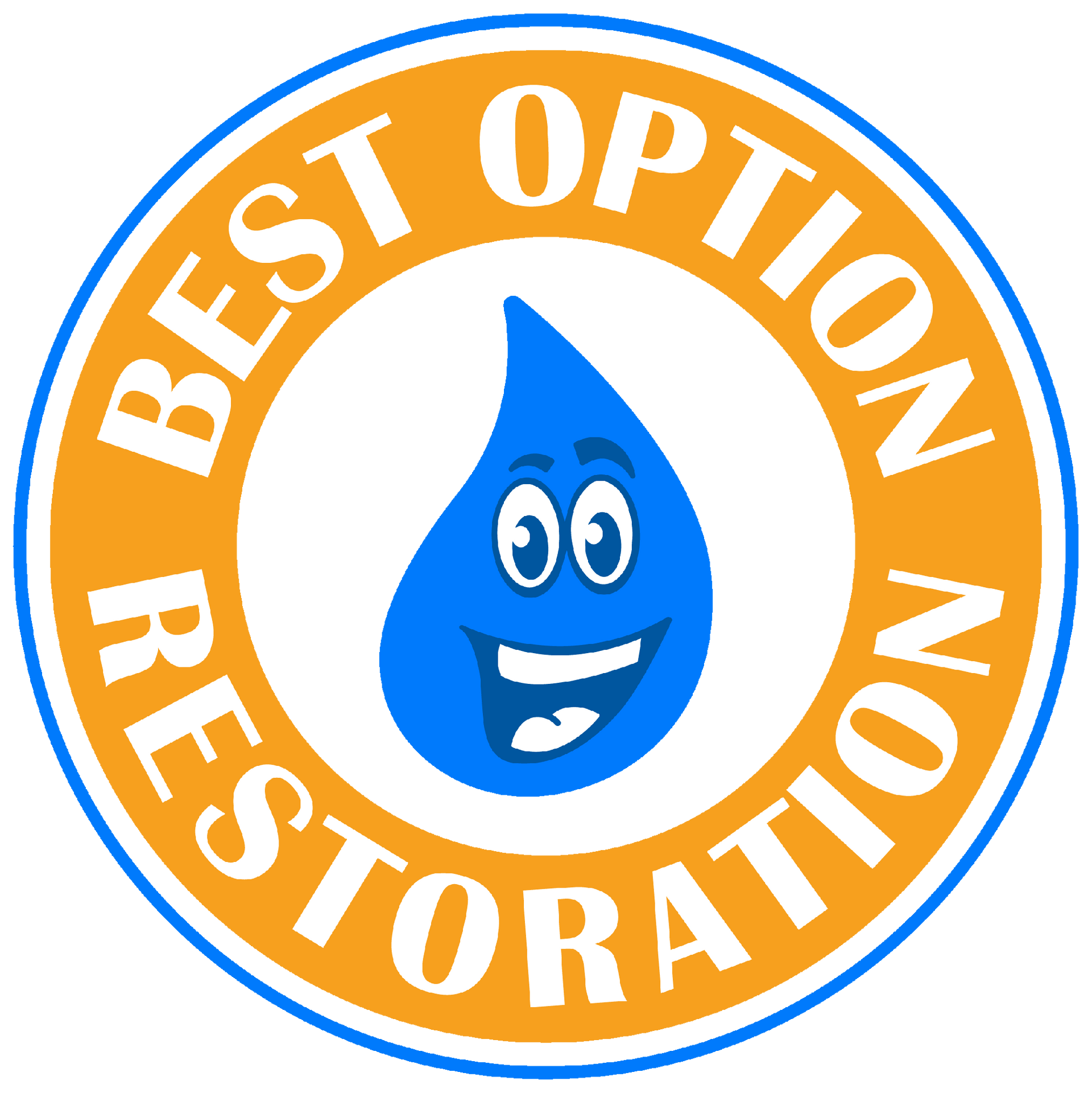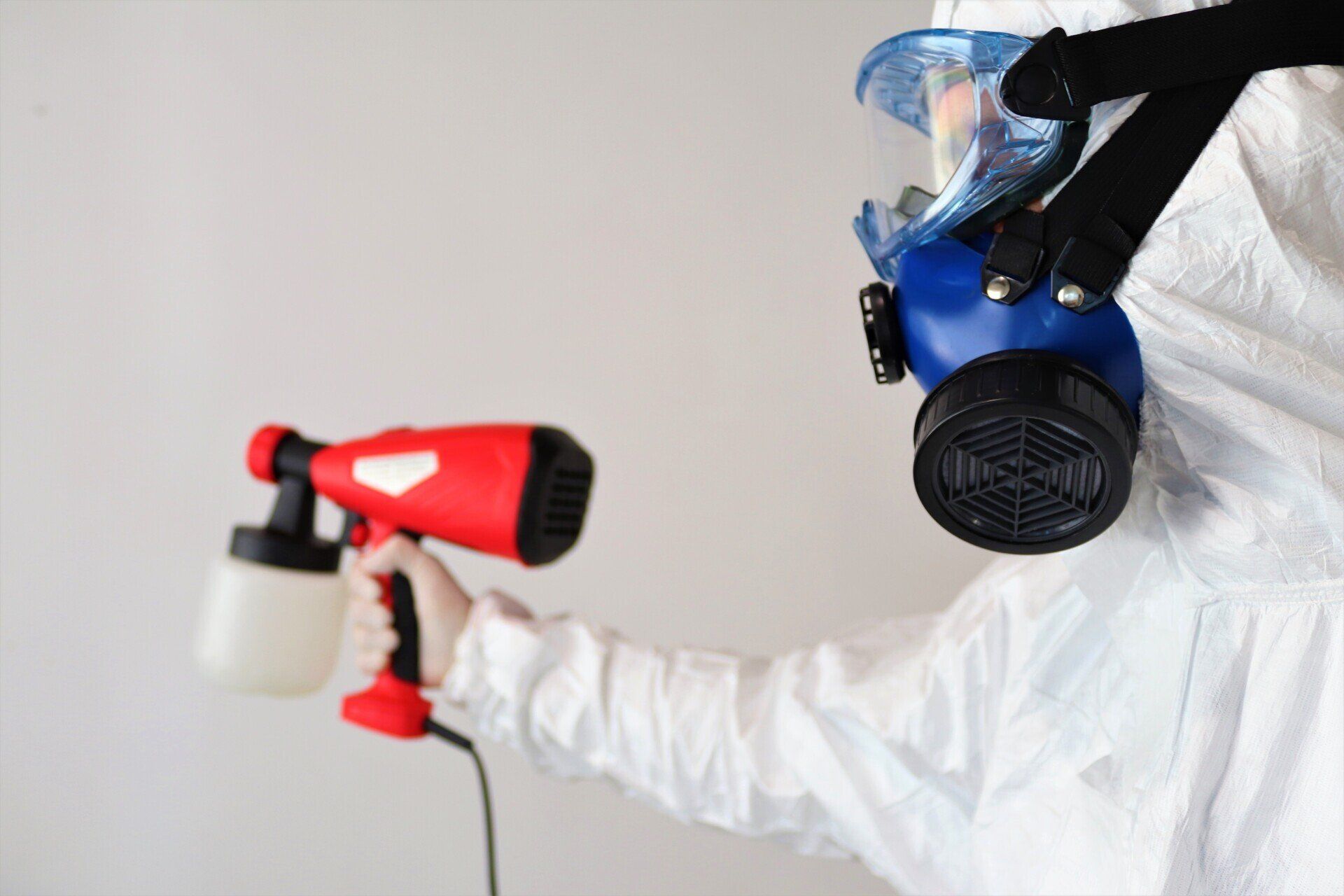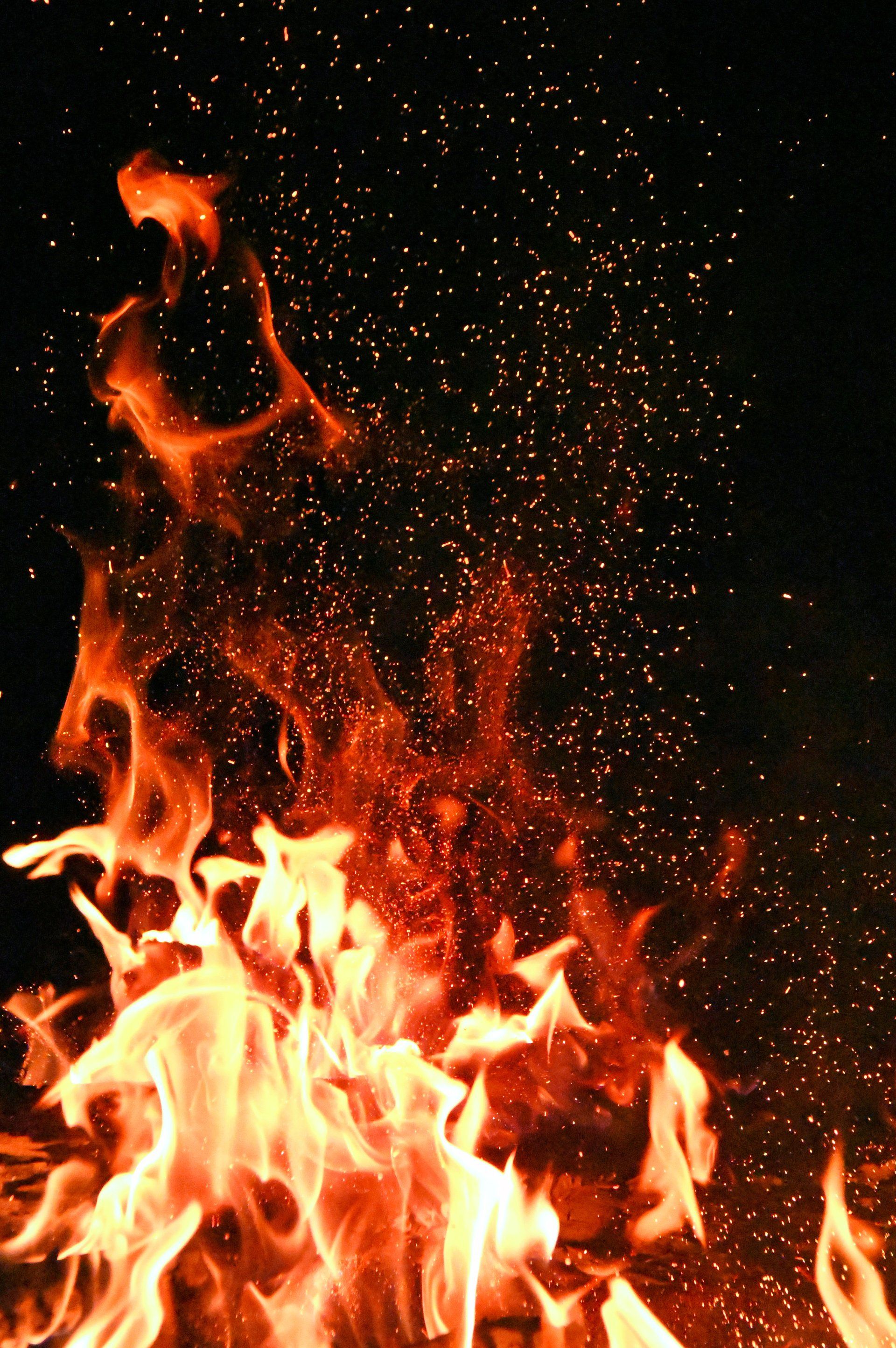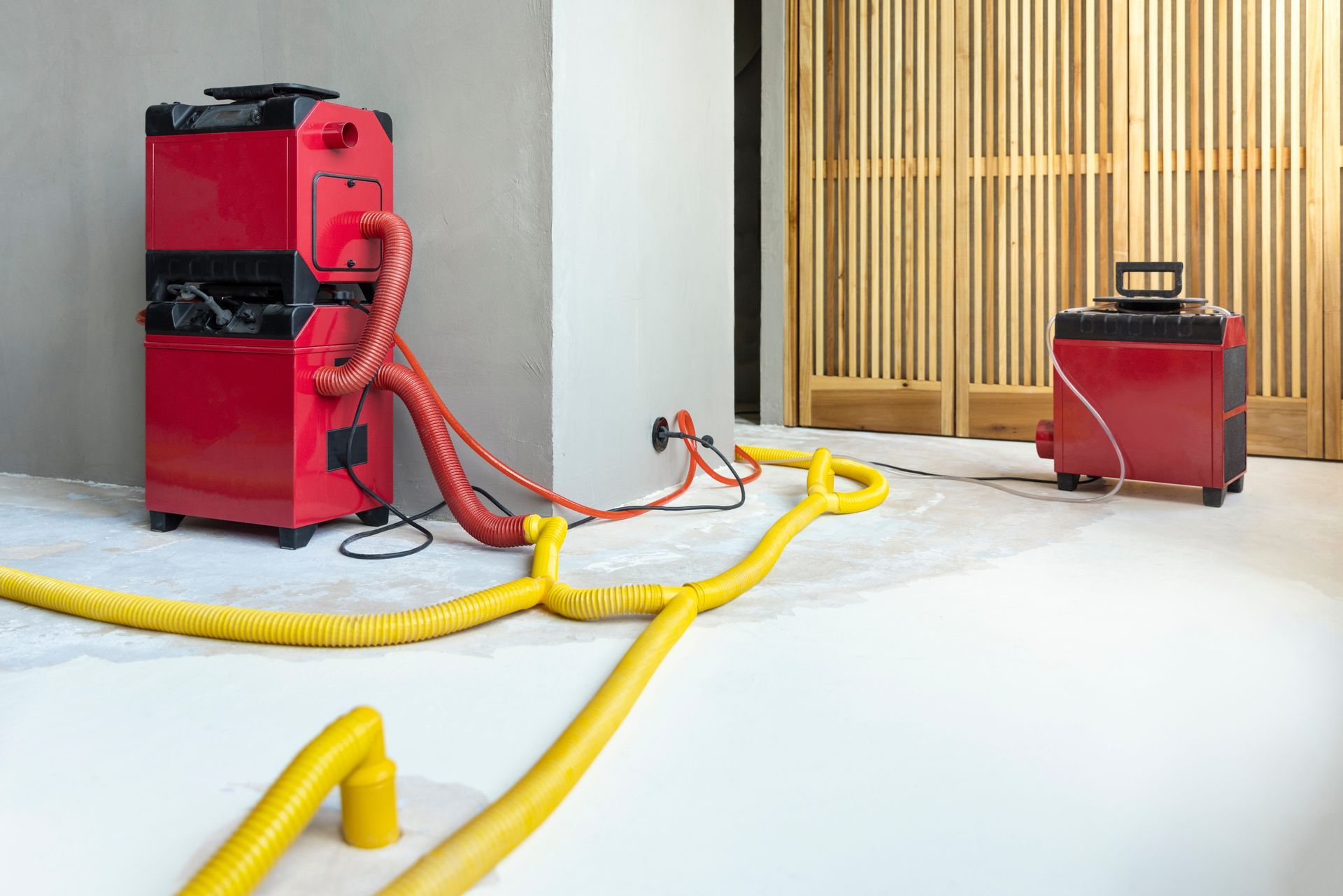Serving Phoenix, Mesa, & Surrounding Areas
Call 24/7 for Emergencies
Serving Phoenix, Mesa, & Surrounding Areas
Call 24/7 for Emergencies
The Importance of Mold Testing in Your Home
Why a Home Mold Inspection is Essential to Keep Your Family Safe
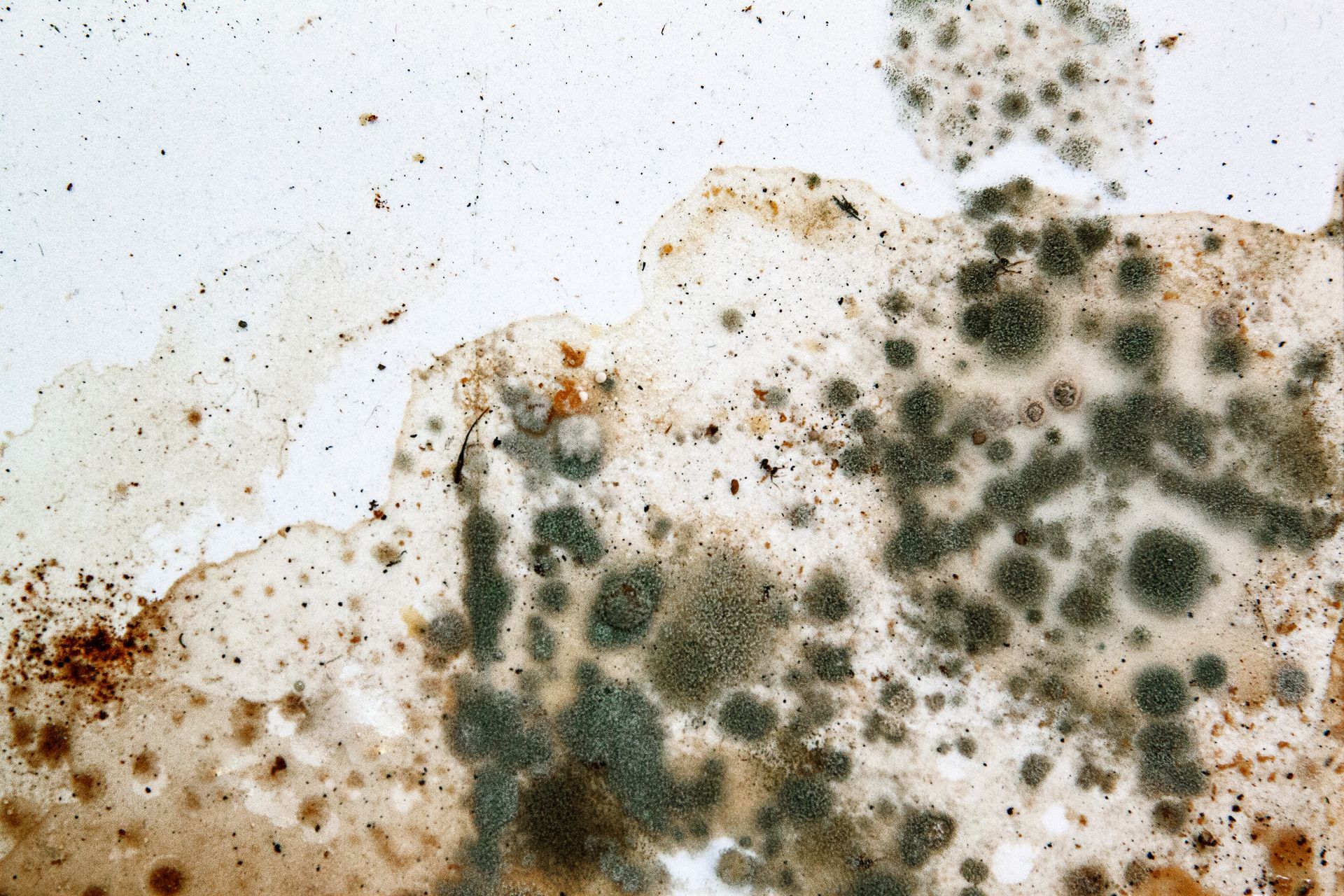
Mold is a silent infiltrator, often unnoticed until it has caused significant damage to your home and health. Regular mold inspections are vital in ensuring the safety of your household. They help detect mold at its earliest stages, allowing for prompt remediation before it becomes a serious problem. Mold can grow anywhere there's moisture - from your bathroom to your basement - and leaving it untreated can lead to respiratory issues and structural damage. In this article, we'll delve deeper into the importance of home mold inspection, the potential sources of mold in your home, and the consequences of undetected mold growth.
Common Signs of Mold
Mold has a peculiar way of making its presence felt, even when it's hiding behind the scenes.
- Musty odor: One of the most common signs is a persistent musty odor. If there's a funky smell in your home that you just can't seem to get rid of, it might be due to mold growth hidden in places like behind walls or under flooring.
- Visible mold: It is another giveaway. If you notice patchy black, white, or even colorful growths on your walls, ceilings, or other surfaces, it's probably mold. However, mold isn't always visible. It often grows in hidden areas, making it tricky to identify without proper testing.
- Water damage: It is a huge red flag. If your home has experienced flooding, leaks, or other forms of water damage, there's a good chance mold could grow, given the right conditions. Damaged areas create a perfect environment for mold to thrive, especially if not properly dried or repaired.
- Increased humidity levels: Mold loves moisture and will quickly grow in damp conditions. If your home feels humid or if you notice condensation on windows, walls, or pipes, it's a good idea to check for mold.
While some signs of mold are obvious, others can lurk unseen. That's why professional mold testing is so important - it can detect hidden mold and protect the health and safety of your home's occupants. It's always better to be safe than sorry when it comes to mold.
Types of Mold
Mold growth in homes can present itself in different forms, each with its own implications for human health. Here are some of the most common types and the dangers they pose:
- Alternaria: This common indoor mold can cause allergy-like symptoms such as runny nose, sneezing, and itching. If left unchecked, Alternaria mold can cause considerable damage to walls, floors, and other surfaces in your home.
- Aspergillus: Typically found in warmer climates, Aspergillus mold can cause respiratory issues and other health problems. This mold is particularly dangerous to individuals with weakened immune systems and can lead to structural damage in the home.
- Cladosporium: Often found on painted surfaces and in carpets, Cladosporium can cause allergic reactions and exacerbate existing respiratory conditions. This mold can lead to discoloration and damage to the surfaces it colonizes.
- Penicillium: Known for its green or blue color, Penicillium is associated with sinus infections, lung inflammation, and allergic reactions. It can deteriorate building materials and contribute to the degradation of indoor air quality.
- Stachybotrys: Also known as "black mold," Stachybotrys is one of the most dangerous types of mold, potentially causing severe health issues such as respiratory problems, headaches, and even memory loss. It can cause severe damage to the surfaces it grows on, often requiring extensive repairs.
- Fusarium: Fusarium mold grows rapidly in low-temperature environments and can cause severe respiratory infections and allergic reactions. It can damage wallpaper, carpeting, and other fabrics in the home.
- Trichoderma: Although not as common, Trichoderma is highly destructive, producing enzymes that can destroy wood and other building materials. This mold can cause health issues like allergic reactions, persistent cough, and, in severe cases, lung infections.
Health Risks Associated with Mold Exposure
Exposure to mold can have far-reaching health consequences, especially over prolonged periods. These health risks cover a broad spectrum from allergic reactions, including skin rashes, runny nose, itchy eyes, and sneezing, to more severe respiratory issues like difficulty in breathing, coughing, and lung infections. In some extreme cases, mold exposure can even cause neurological symptoms like headaches, memory loss, and mood changes. These health effects aren't mere speculation. A study published by the Institute of Medicine (IOM) demonstrated a direct link between indoor exposure to mold and upper respiratory tract symptoms in healthy individuals and even more severe health outcomes in individuals with pre-existing respiratory conditions. As stated by the U.S. Centers for Disease Control and Prevention (CDC), certain molds can also produce mycotoxins, which carry the risk of causing severe neurological problems and even death in high doses. Therefore, mold detection and remediation should be taken seriously to safeguard household health. Here are the reasons why you need professional house mold inspection:
Allergic Reactions
Mold can trigger allergic reactions in sensitive individuals by releasing spores and other particles into the air. These allergens, when inhaled, can lead to symptoms similar to hay fever, including sneezing, runny nose, and itchy eyes. Molds most likely to cause these reactions include Alternaria, Cladosporium, and Aspergillus.
Respiratory Problems
Exposure to certain molds, like Aspergillus and Stachybotrys, can aggravate the respiratory system, leading to symptoms such as coughing, wheezing, and shortness of breath. These molds produce irritants that, when inhaled, can cause inflammation of the airways, making breathing difficult. For individuals with pre-existing respiratory conditions, such as asthma, these symptoms can be even more severe.
Headaches and Fatigue
Exposure to certain molds, especially Stachybotrys or "black mold," can trigger headaches and fatigue. These molds release mycotoxins into the air, which, when inhaled, can affect the central nervous system, causing persistent headaches and a feeling of constant tiredness. If not addressed promptly, these symptoms can significantly impact an individual's overall well-being.
Skin Irritation
Skin irritation is another common symptom of mold exposure. Mold spores, when they come in direct contact with the skin, can cause redness, itching, and rashes. This is particularly true with molds like Alternaria and Aspergillus. Prolonged exposure can result in chronic skin conditions.
Fungal Infections
Fungal infections can arise as a result of mold exposure, particularly in individuals with weakened immune systems. Certain types of mold, such as Aspergillus and Fusarium, are notorious for causing fungal infections. These molds are common in many homes and can significantly impact immune health, leading to conditions like aspergillosis and fusariosis.
Neurological Symptoms
Exposure to certain molds, particularly Stachybotrys, can lead to neurological symptoms like memory loss and mood changes. A study by the University of Maryland Medical Center found that inhalation of mycotoxins, particularly those produced by Stachybotrys, can affect the central nervous system, causing these symptoms. Thus, mold detection, hiring a mold inspector, and remediation are essential to mitigate these risks.
Immunological Reactions
Immunological reactions to mold can arise, particularly in individuals with weakened immune systems. Exposure to certain molds like Aspergillus and Penicillium can lead to symptoms like fever, difficulty breathing, and a weakened immune response. These molds produce allergens and irritants that can trigger the body's immune system, leading to inflammation and other adverse reactions.
Toxicity From Mycotoxins
Mycotoxins, toxic compounds produced by certain molds, can cause severe health issues. For instance, Aspergillus produces Aflatoxins, potent carcinogens leading to liver disease and cancer. Similarly, Stachybotrys, known as "black mold," produces Trichothecene mycotoxins, causing neurological and respiratory problems. Therefore, timely mold detection and remediation are crucial.
Sudden Infant Death Syndrome (SIDS)
A study by the American SIDS Institute shows a potential association between Sudden Infant Death Syndrome (SIDS) and indoor air pollutants, including mold. Infants, with their developing immune systems, are more susceptible to the harmful effects of mold, which could lead to respiratory complications, impairing their health and potentially increasing the risk of SIDS. Therefore, mold detection and remediation are not only critical for overall health but also vital for infant safety.
The Mold Testing Process
The mold testing process is a detailed procedure carried out by professional technicians to determine the presence and type of mold in your home. It generally involves two primary methods: air sampling and surface sampling. Air samples are collected by drawing in a specific volume of air and capturing airborne mold spores, which can be analyzed in a lab for identification. Surface samples, on the other hand, are taken by swabbing or tape lifting from various surfaces suspected of mold growth. These samples are then examined microscopically in a lab to determine the type and concentration of mold present. The analysis and interpretation of these results by professional experts is crucial to accurately evaluate the severity of the mold problem and devise an effective remediation plan. This scientific approach ensures thoroughness and accuracy, thereby safeguarding the health of the occupants and the integrity of the property.
Preventing Mold Growth
Preventing mold growth is crucial to maintaining a healthy living environment and protecting the structural integrity of your home. The key to mold prevention lies in controlling moisture and promoting adequate ventilation. Implement measures such as fixing leaks promptly, maintaining good airflow by using exhaust fans in the kitchen and bathroom, and using a dehumidifier in high-humidity areas to keep relative humidity levels below 60%. Regularly inspect and clean your home's gutters and ensure that the ground slopes away from the building foundation to prevent water accumulation. Insulate cold surfaces like exterior walls, floors, and windows to reduce condensation. These proactive steps will significantly reduce the likelihood of mold growth, protecting your health and your home from potential damage. Remember, it's easier and less expensive to prevent mold than to deal with its aftermath.
Protect Your Home With Best Option Restoration
At Best Option Restoration, we are committed to providing superior mold remediation services to ensure the safety and health of your home and family. Our experienced professionals utilize state-of-the-art techniques and equipment to accurately detect and effectively eliminate mold, preventing further growth and safeguarding your property against potential damage. We understand how crucial it is to promptly address mold issues, and we stand ready to deliver fast, efficient, and comprehensive solutions. Take a proactive step towards a mold-free home today. Contact us for a thorough inspection and let our experts provide you with the best restoration services.
Best Option Restoration
Best Option Restoration
Best Option Restoration of Mesa Chandler Gilbert is part of the Best Option Restoration Network, a trusted national leader in the disaster restoration industry. Best Option Restoration currently has open opportunities nationwide. If you would like more information on becoming a franchise owner with us, request your free Franchise Discovery Kit now.
IICRC Certified
Our Services
Our Contact Info
Best Option Restoration
All Rights Reserved | Best Option Restoration
